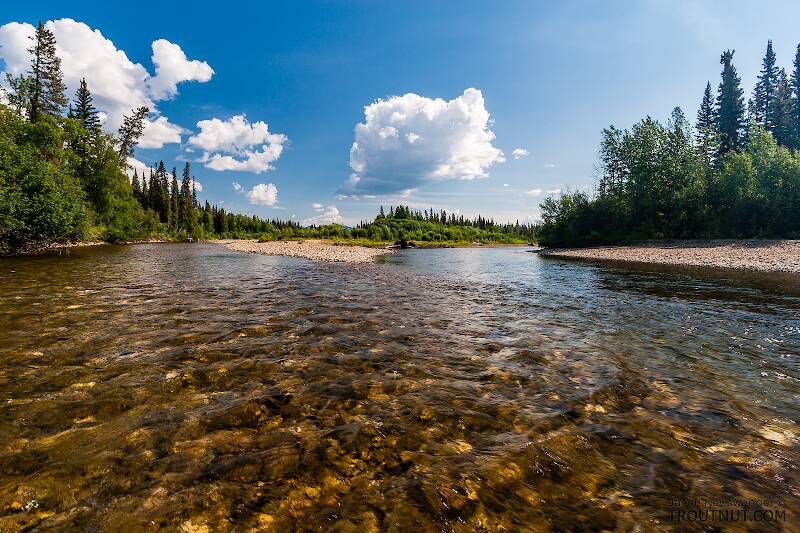
Blue-winged Olives
Baetis
Tiny Baetis mayflies are perhaps the most commonly encountered and imitated by anglers on all American trout streams due to their great abundance, widespread distribution, and trout-friendly emergence habits.


Stonefly Species Allocapnia stannardi (Little Snowflies)
Species Range
Physical description
Most physical descriptions on Troutnut are direct or slightly edited quotes from the original scientific sources describing or updating the species, although there may be errors in copying them to this website. Such descriptions aren't always definitive, because species often turn out to be more variable than the original describers observed. In some cases, only a single specimen was described! However, they are useful starting points.
Description from GBIFthe Global Biodiversity Information Facility
Source: Epiproct And Dorsal Process Structure In The Allocapnia Forbesi Frison, Allocapnia Pygmaea (Burmeister), And Allocapnia Rickeri Frison Species Groups (Plecoptera: Capniidae), And Inclusion Of Allocapnia Minima (Newport) In A New Species Group
Male epiproct. Apical segment of upper limb ca. 257 µm long and armed on the apical ca. 195 µm with dense patch of wave-like spikes (Figs. 109 - 112); apical segment ca. 179 µm wide at base, gradually constricted to a narrowly rounded tip. Basal segment of upper limb ca. 297 µm long and ca. 105 µm wide near mid-length; basal segment bears a shallow, longitudinal groove, extending from base to beyond mid-length. Greatest width of lower limb ca. 155 µm; margins of lower limb adjacent to notch lined with sparse row of long setae. Male tergal process. Prominent raised structures on abdominal terga 7 - 8 (Figs. 113 - 114); process on tergum 8 deeply bilobed, ca. 168 µm wide, and covered with scale-like structures; notch of process ca. 76 µm wide. Process of tergum 7 upright, slender, slightly notched on dorsal margin and not bearing scale-like structures; tergum 7 process ca. 68 µm wide.
Start a Discussion of Allocapnia stannardi
References
- Jacobus, L. M., Wiersema, N.A., and Webb, J.M. 2014. Identification of Far Northern and Western North American Mayfly Larvae (Insecta: Ephemeroptera), North of Mexico; Version 2. Joint Aquatic Science meeting, Portland, OR. Unpublished workshop manual. 1-176.
- Merritt R.W., Cummins, K.W., and Berg, M.B. 2019. An Introduction to the Aquatic Insects of North America (Fifth Edition). Kendall/Hunt Publishing Company.
Stonefly Species Allocapnia stannardi (Little Snowflies)
Species Range
Common Names
Resources
- NatureServe
- Integrated Taxonomic Information System
- Global Biodiversity Information Facility
- Described by Ross, H.H. (1964) New species of winter stoneflies of the genus Allocapnia (Plecoptera, Capniidae). Entomological News 75, 169–177.

